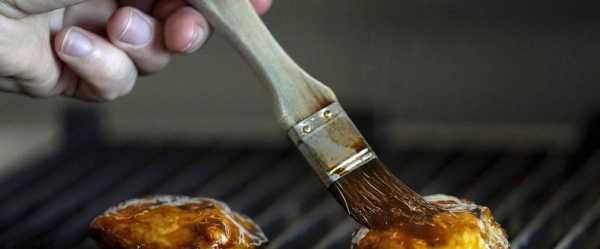
When I told friends and family I was reporting on the first chicken meat grown from animal cells, their first comment was “Eww." Their second comment was: “How does it taste?"
The short answer (you've probably heard this sentence before in other contexts): Tastes like chicken.
The longer answer, which folds in the “Eww” response, is more nuanced. Yes, it's strange to think of eating a totally new kind of meat — chicken that doesn't come from a chicken, meat that will be sold as “cell-cultivated” chicken after the U.S. Agriculture Department on Wednesday gave the green light to two California firms, Upside Foods and Good Meat.
But it's also interesting (and exciting!) to taste test the first offerings of a new era in meat production, which aims to eliminate harm to billions of animals slaughtered for food — and to dramatically reduce the environmental effects of grazing, growing feed for those animals and dealing with their animal waste.
FACING UP TO THE ‘MEAT PARADOX’
I'm a lifelong meat eater. I'm also a victim of the “meat paradox,” a term scientists use to describe the psychological conflict that occurs in people who like to eat meat but don't like to contemplate the animals that died providing it.
As someone who has reported on food-borne illness outbreaks and slaughterhouse safety, I'm keenly aware that the chicken on my dinner plate probably suffered to get there. And that fact makes me uneasy if I dwell on it too much.
So I was open to trying a different kind of meat — and also curious to see if it would taste like the real thing.
I've tried plant-based options like the Beyond Meat sausage and the Impossible Burger and liked them, even though I didn't think they were perfect substitutes. To be honest, the Beyond Meat sausage tasted good, but a little mealy. And the Impossible Burger was dry, although I may have cooked it too long. In both cases, I enjoyed the taste of the products but was still aware that I wasn’t actually eating pork or beef.
What about the artificiality of it all? It didn't bother me that this new cultivated meat is made from cells that grow to epic proportions in big steel vats, only to be shaped and formed — “extruded” is the somewhat unfortunate verb that came to mind — into familiar cutlets, filets and nuggets that would look right at home on the dinner table.
But as with all food, in the end it would come down to taste. And in this case, to the larger question behind it: Is this new material in fact chicken, or is it an impostor?
TIME FOR THE ALL-IMPORTANT MOUTH TEST
In January, I traveled to the Upside Foods manufacturing plant in Emeryville, California. There, chef Jess Weaver sauteed a cultivated chicken breast in a white wine butter sauce with tomatoes, capers and green onions.
The aroma was enticing, just like any filet cooked in butter would be. And the taste was light and delicate with a tender texture, just like any chicken breast I’d make at home – if, that is, I were a chef trained at the Culinary Institute of America.
Last week, I visited the Alameda, California, plant where Good Meat is poised to begin production of its chicken products. Chef Zach Tyndall was ready with a smoked chicken salad with mayonnaise, golden raisins and walnuts. He followed it with a chicken “thigh” dish — darker meat served on a bed of potato puree with a mushroom-vegetable demi-glace, golden beets and tiny purple cauliflower florets.
The taste was richer than a chicken breast, more like the dark meat of a thigh. And the texture was both tender and chewy, like a well-cooked chicken thigh should be.
That, says Tyndall, is the whole point.
“It needs to be as lifelike as possible for it to catch on,” he said.
While “lifelike” is an interesting word, from my side of the fork I think this will catch on. There are still huge hurdles — how to scale up manufacturing and pare back costs, experts say, and the lingering question of whether chicken without the bird is, in fact, chicken — but if you're basing it on authentic taste, I'll leave you with this:
Please pass the “chicken.”
___
The Associated Press Health and Science Department receives support from the Howard Hughes Medical Institute’s Science and Educational Media Group. The AP is solely responsible for all content. Follow Associated Press journalist JoNel Aleccia on Twitter at http://twitter.com/JoNel_Aleccia
Sourse: abcnews.go.com






